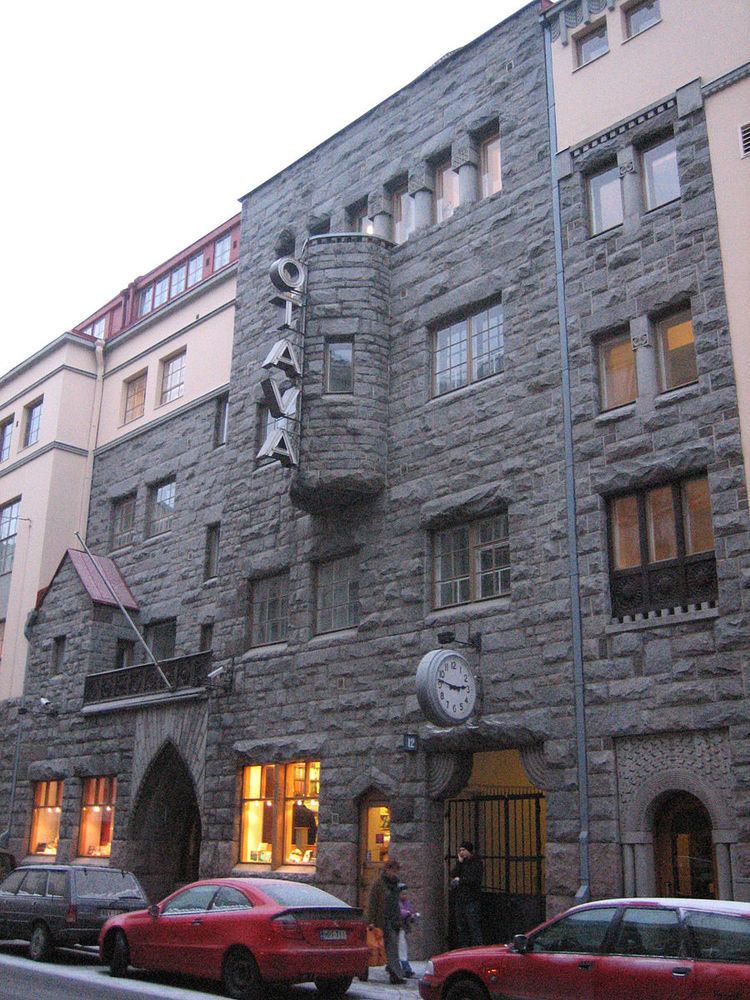Name Karl Lindahl Role Architect | Died April 12, 1930 | |
 | ||
Karl Håkan Einar Lindahl (10 March 1874 – 12 April 1930) was a Finnish architect of Swedish origin.
Contents
Life and career
Born in Jönköping, Lindahl studied architecture at the Helsinki Polytechnic Institute, graduating in 1898. Beginning in 1900, he practised as an architect in Helsinki. Initially he was an early proponent of the National Romantic or Art nouveau style, for many years in partnership with Walter Thomé. Then, like many of his contemporaries, he changed to a neo-classical style. His work includes several public buildings, residences in Helsinki and some country houses in Suvisaaristo, but also many industrial buildings.
In 1907, Lindahl was sent with veterinarian Oskar von Hellens on a fact-finding tour of foreign abattoirs to enable incorporation of best practices in the new Helsinki slaughterhouse.
He died in Helsinki.
